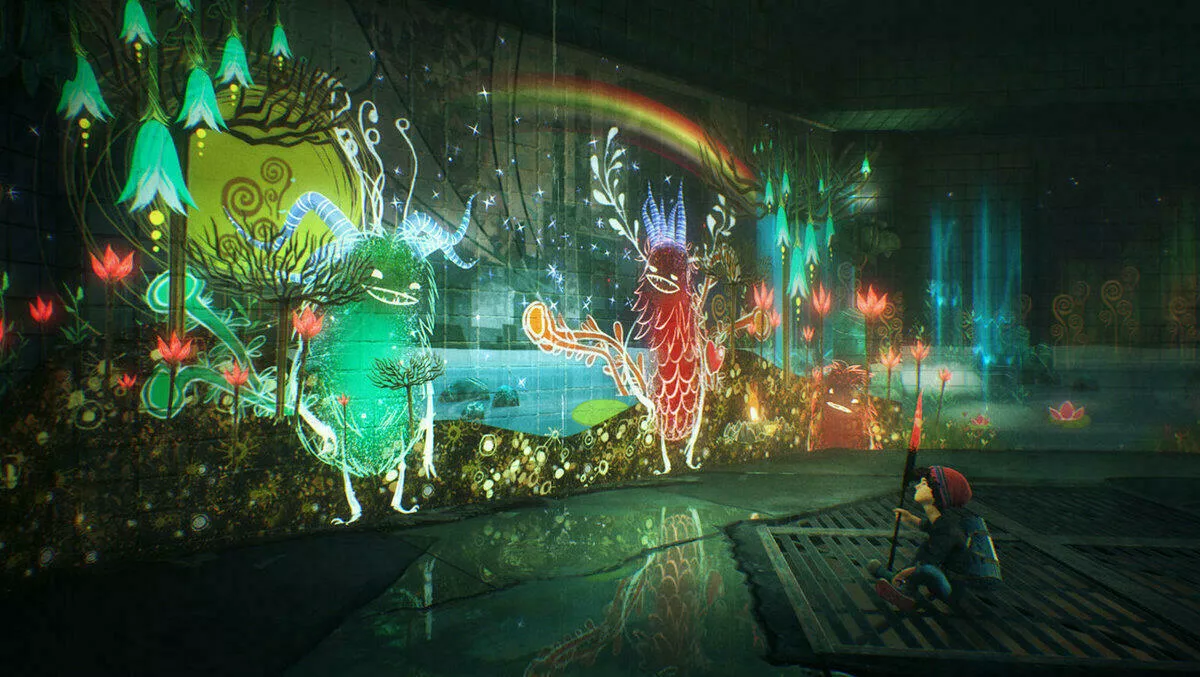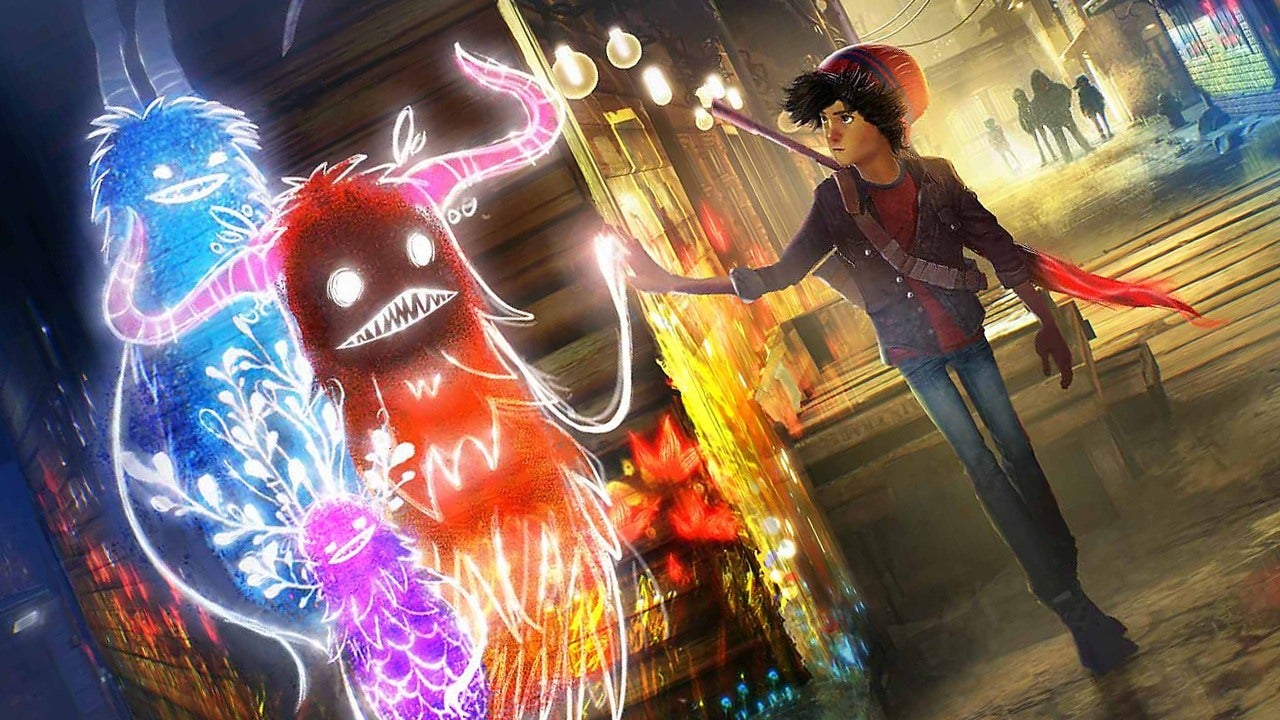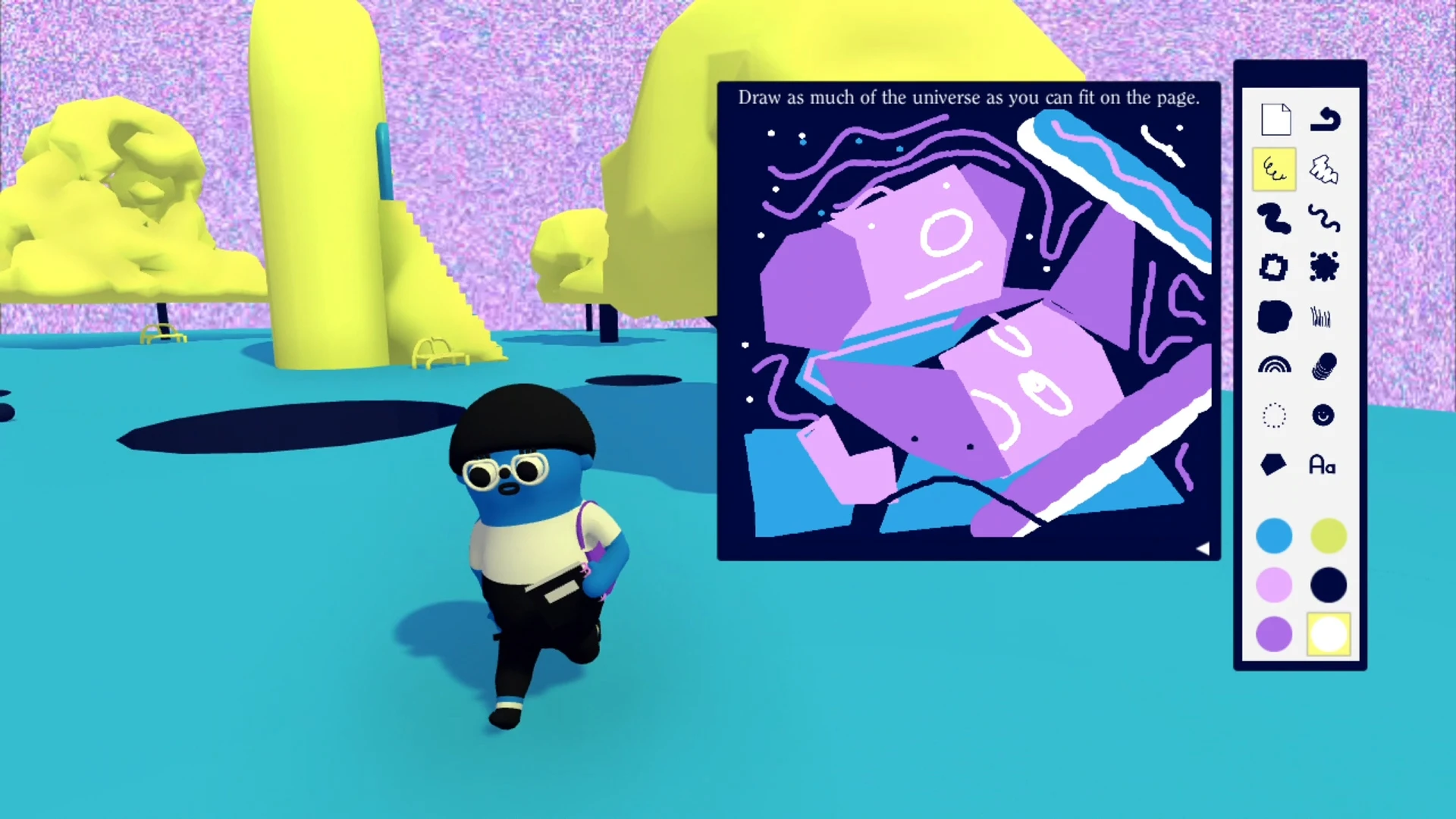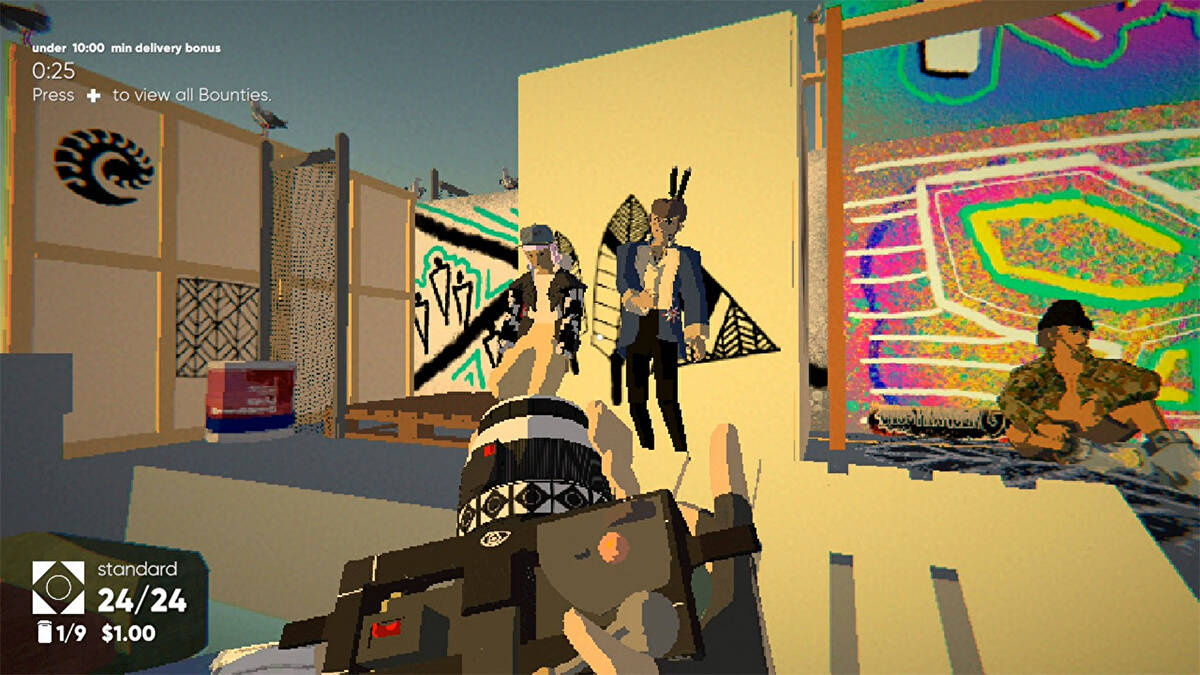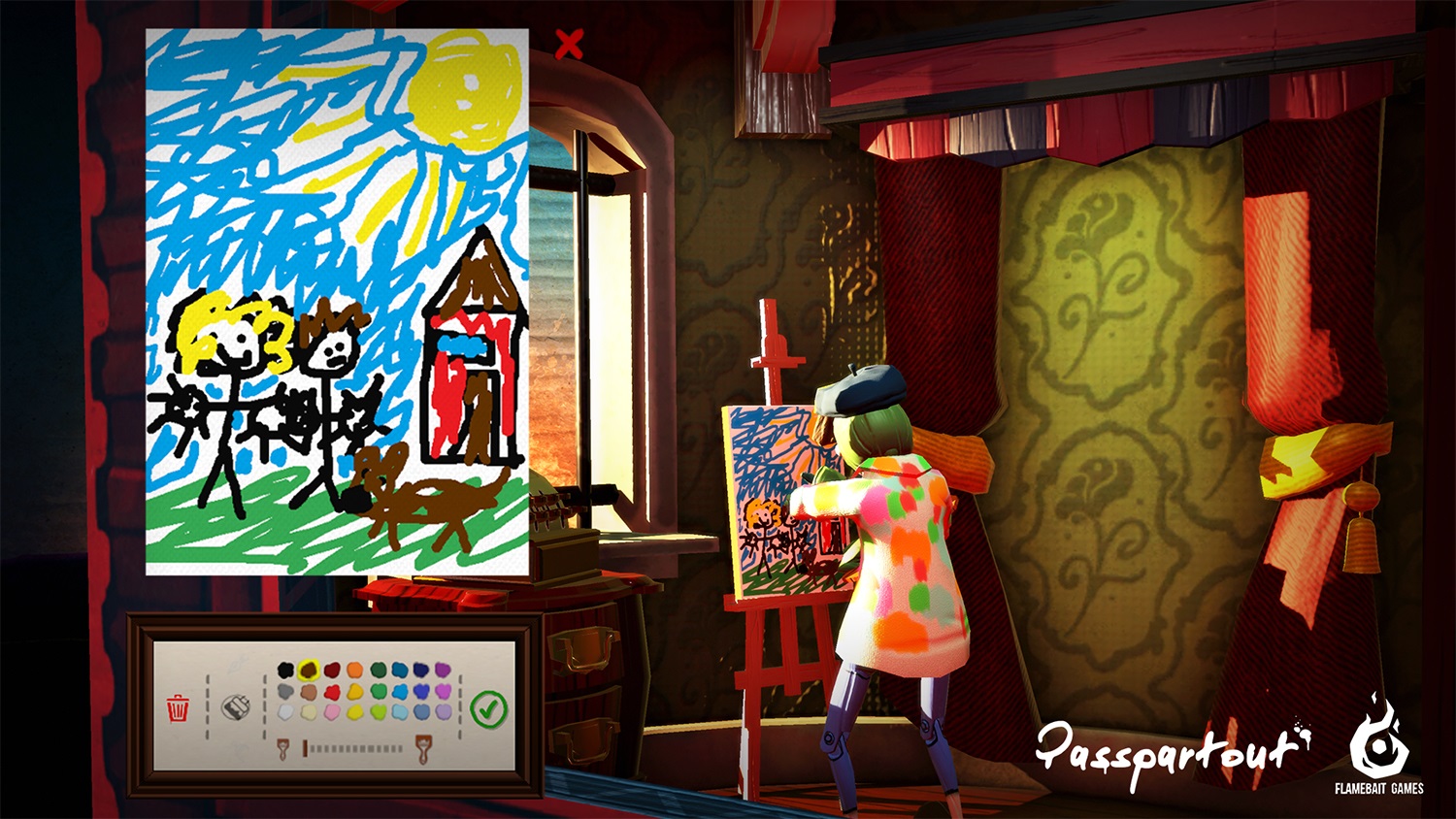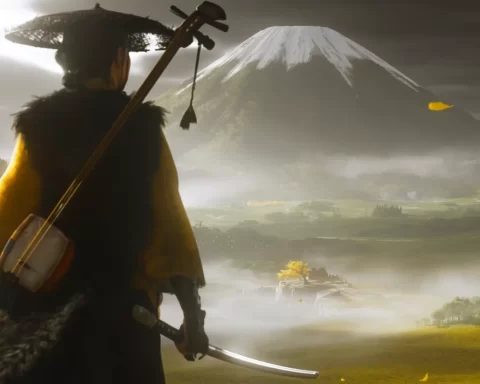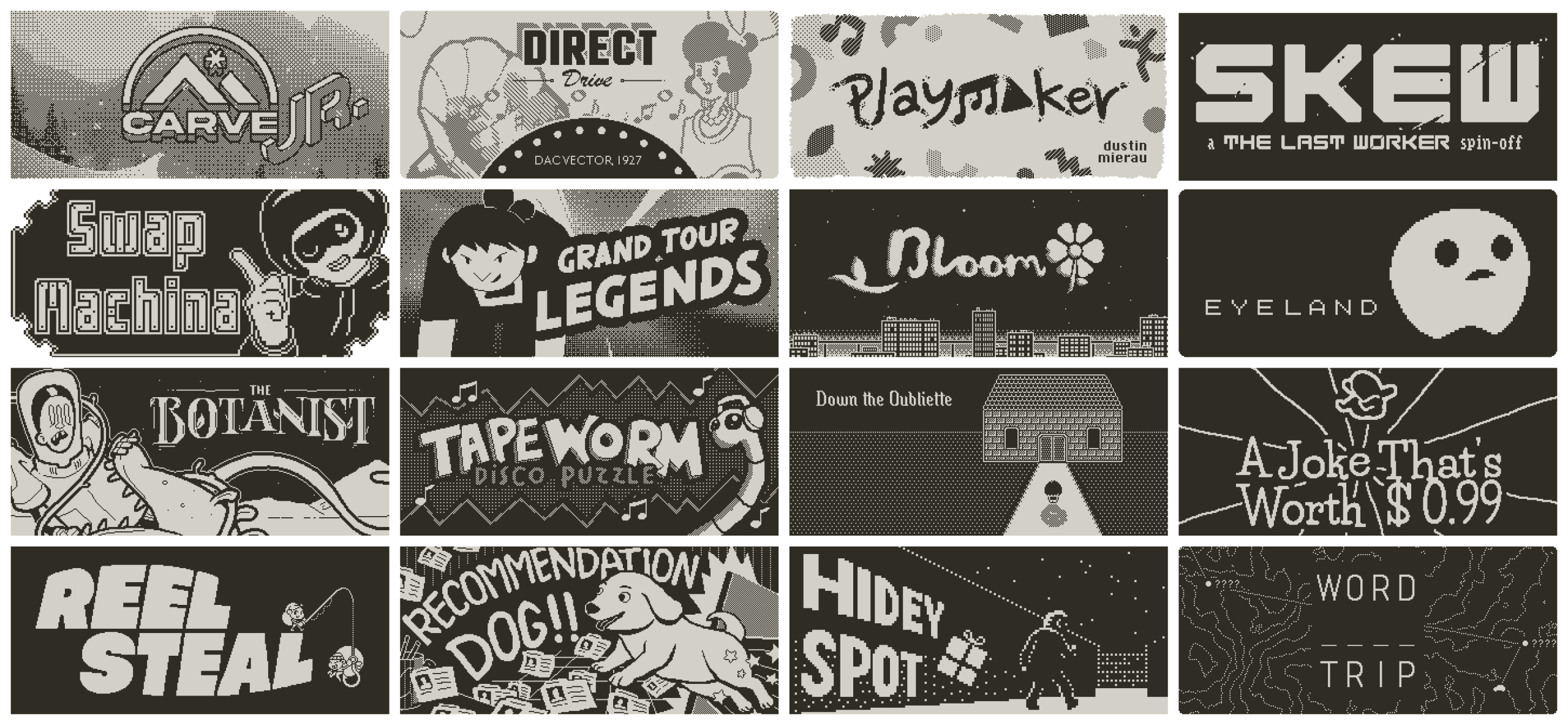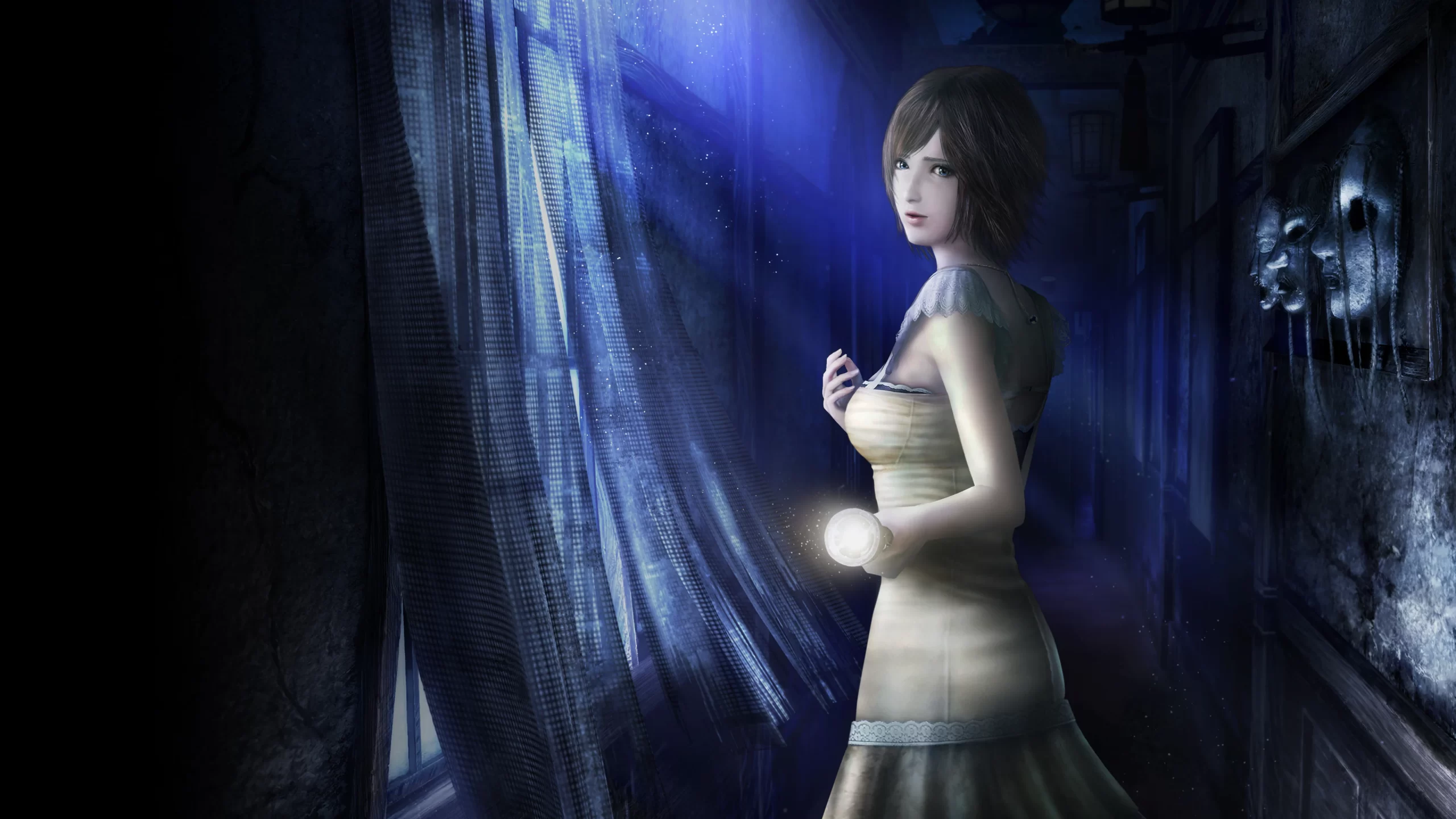We’re at that point in the development of our medium where there’s a game for every imaginable task and occupation; or at least, that’s what you’d think on a cursory google of any job followed by the word “simulator”. And yet, it’s rare to find many games which seek to systemise the act of creating art.
That’s surprising if you think about it. Game design is a creative process, and creatives often like to make art about the creative process (one only has to survey how many films there are about filmmaking, and how many novels there are with aspiring novelist protagonists, to see this principle in action) and yet there are few games that encourage players to be creative at all, let alone simulate the full act of making art.
Is it something about the medium itself that makes this subject matter so unpalatable? Or are gamers really as uncultured as society sometimes makes us out to be? Surely it can’t be that simple. So, for the few games about making art that I could think of, I went back and played them to see how each developer broke down the act of creating an artwork, to see if I can figure out what makes this one vocation so difficult to systemise.
Concrete Genie
The first game I thought of was Concrete Genie. While relatively new it is a game that, along with Bound and Rain, seems doomed to be relegated to Sony’s beloved “forgotten” games that came from when it wanted to push for smaller artistic experiences. Developed by Pixelopus, the studio behind Entwined, Concrete Genie sees players cleaning up the run-down refinery town of Denska by painting it full of colourful living artworks.
The core motif of the game is beautification, mixed with childlike wonder. The town starts out drab, dark and monotonous, but certain environmental objects are opportunities for painting. By creating large murals, players clear away black sludge (a kind of anti-creativity made manifest) and unlock pathways to traverse more of the levels. There’s a satisfying resonance between the creation of art and the development of player agency.
The painting is done with a simple decal system – the genies will instruct players that they want to see a certain kind of iconography on the wall, and players will need to scribble it on. Most walls will become a garish mix of colour and light, the PS4 controller being nowhere near accurate enough to afford precision. But filling a wall with artwork is a thing of joy – all the characters respond positively, no matter how silly the final product may seem – and so drawing becomes something the player seeks out. There’s no fear of having your work critiqued or judged, because Concrete Genie is a world of art-for-art’s-sake – where the most meaningful quality of the art is not its technique or its contour or its symbolic meaning, but simply that it is present.
Everything I say about Concrete Genie can also be said about one of my favourite games of all time, Jet Set Radio on the Dreamcast. It’s SEGA’s take on skating mixed with graffiti, tasking players to navigate their way to precarious vantage points in a modern cityscape to ink up the walls while avoiding the cops. The first Jet Set Radio allows players to personalise their artwork, either by using designs from established graffiti artists, or by drawing their own using a rudimentary pixel system. It certainly allows for creativity, but like Concrete Genie, it seems to suggest that any art is better than no art, but doesn’t go much beyond that.
Both games also illustrate the problem with systemising art, that it forces the player to stop moving and squat for a while. Since both Concrete Genie and Jet Set Radio are platformers, it results in a stop-and-go gameplay rhythm that feels at odds with itself. It’s no surprise that Jet Set Radio Future did away with the big blow-up artworks and only kept the small tags that players could do whilst still skating. By virtue of being platformers divided up into levels, these two games are about forwarding progress, which isn’t always conducive to making good art. Sometimes art is methodical and meandering, requiring the player to slow down, wait, introspect, and maybe even waste a little time. This brings me to…
Art Sqool
Julian Glander’s Art Sqool is a game that I find myself bouncing on to, and then back off of quite frequently. I keep coming back to it because it’s fascinating to think about: a vaporwave-themed anything-goes satire of liberal arts education, where the player gets open-ended prompts to make whatever they want. But each time I try playing, I get hit with the vast sense of too much freedom, and it fills me with ennui.
Art Sqool’s gameplay loop is to task players with attending a faceless teacher who gives them something to draw (usually abstract, usually bizarre) and there’s then the opportunity to romp around campus trying to find a nice location before putting in as much work as one feels like. Players then give their painting in for grading, which is handled with a vague and arcane system that may or may not be merely a random number generator. The points might not matter, but it does feel nice to have your efforts recognised.
The game works to stimulate the player’s creativity by refusing to railroad any one approach as the best one and, instead, treating all processes as valid. Many of its prompts are delightfully abstract – how exactly does one “draw music” or “draw as much of the universe as you can fit on the page”? It’s these open-ended challenges with no defined solution that allow players to personalise their approach and result in something they can call their own. It helps that the game drip-feeds new artistic tools so that it never feels overwhelming. The garish vaporwave palette also ensures that players will never make anything that looks objectively bad; even the most abstract of scribbles will look at least okay. Whether the result is a true masterpiece or hot garbage, the process is fun – which is perhaps the best lesson one can learn from both art school and Art Sqool.
But this game can also be difficult to enjoy, precisely because it is so lackadaisical. There’s no punishment for handing in a canvas with a single dot, or a meaningless scribble, or a crude rendition of genitalia. If the player wants to make something truly artistic, it’s up to their proclivities rather than the game’s – and I genuinely couldn’t think of any meaningful improvement for Glander to have made; adhesion to an existing framework for “good art” would have resulted in all player artworks becoming homogenised to what the game wanted them to create, and rewarding players for the amount of time spent drawing, or the amount of ink used, would have led to players gaming the system, scribbling ad infinitum or leaving their consoles on idle. It left me wondering whether a game could, using traditional scores and systems, push players into making better creative works?
Umurangi Generation
The closest I’ve had to the perfect experience of art creation within a game has been with Origame Digital’s Umurangi Generation. In this New Zealand-developed adventure, it’s the end of the world and players work for a mysterious photography company that pays for fulfilled requests and penalises for any pictures of bluebottles. It’s a game that blends the forward progress of something like Concrete Genie with the freeform attitude of Art Sqool or Mario Paint, and takes the photography of a Pokémon Snap and gives it thematic potency.
Like Art Sqool, Umurangi Generation’s unified aesthetic and focus on photography means that the player is more likely to create something nice-looking rather than something garish and chaotic. It helps that, with photographs, it’s the environment on show, rather than the player’s imagination. And since the game itself looks good, the challenge for the player’s creativity is to capture the aesthetic faithfully, rather than produce something out of nothing.
Umurangi Generation grades players with monetary income based on a variety of criteria for photographs. There’s still the sensation that there’s a random element similar to Art Sqool, but successfully completing challenges, including unique visual elements, or avoiding the (very un-aesthetic) bluebottles littered around the level will all result in higher scores. There’s also a light puzzle element to the photography – in addition to finding the right subject, the player may need to take it using a different type of lens, which means approaching from a new, unique angle. Forward progress through levels is tied to the completion of these challenges, which means there is a deft balance of creativity and problem-solving available. Players get a generous amount of film, which means they can take photos of things they enjoy, but are still limited by the requirement to complete each level’s mandatory photographs.
By default, every photograph taken is saved to the system. While my time spent with the game was enjoyable, and while I did take a few aesthetic shots here and there, I found that the majority of my saved photos were ones done for the game’s missions. These photographs might have looked similar, if not identical, to those by all the other people who played this game, and my realisation of this dampened my enjoyment of Umurangi Generation’s representation of art. As effective as it is in recreating the alchemical mix of inspiration and discipline that is at the heart of all good art, the game is ultimately a small box, which limits what a more creative player might be capable of achieving.
Creative Conflicts
What I did find inspiring about all three of these games was how vastly different each one interpreted the problem of systemising creativity. This experience makes me wonder whether a game about the act of creative expression could be an impossibility. Games are, at their core, systems that reward a predetermined “success” condition and punish a “failure” state. How can that logic be applied to the creation of art, which by its nature is set apart from our rather capitalist notions of successes and failures?
It’s a conundrum that prompts me to take a step back and ask more esoteric questions – like what is the purpose of art in the first place? Is it to change the world, reflect reality, make something aesthetically pleasing, or act as a crystallisation of the artist’s talent and effort? Or is it all of the above, and more? It is this vague combination of ambition and this freedom that makes the creative process so radically different from any vocation. To create art is to recognise that something may be imaginary, farfetched and even impossible, and yet to attempt to will it into existence regardless. This is rather difficult for games, which are by their nature finite systems.
And yet, each of the games I’ve explored successfully deals with this concept in its own way – by asserting that no matter how difficult it may be to systemise the artistic process, and no matter what kinds of oddities and failures might result, it’s still better to try than to give up. And while no game can be the definitive, all-encompassing representation of artistic expression, every attempt will mean something to someone – and that makes it all worthwhile.
Note: This was originally published in the June 2022 edition of the Dee Dee Zine. As we are no longer publishing that magazine, we are republishing articles from it here for posterity.
